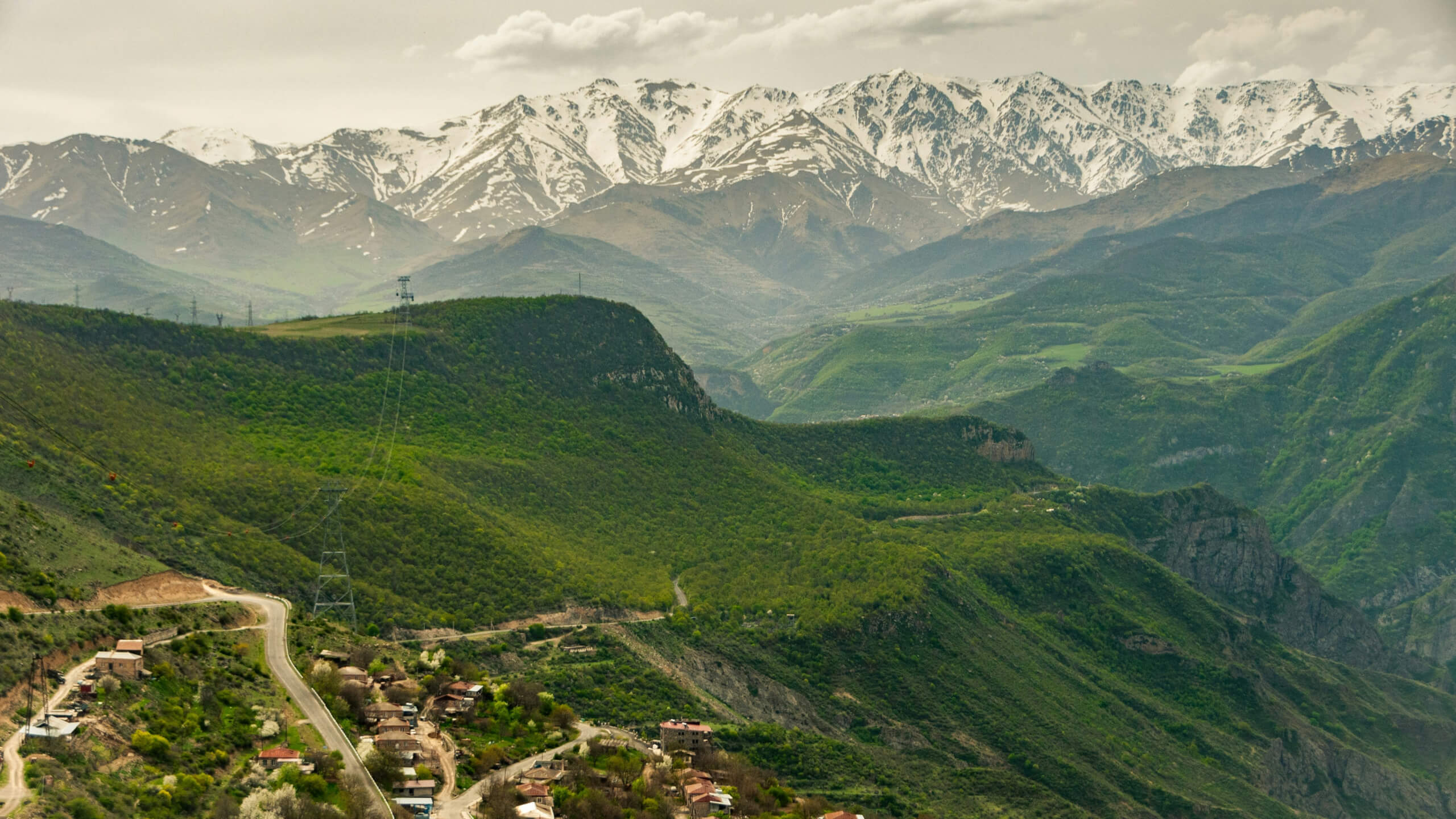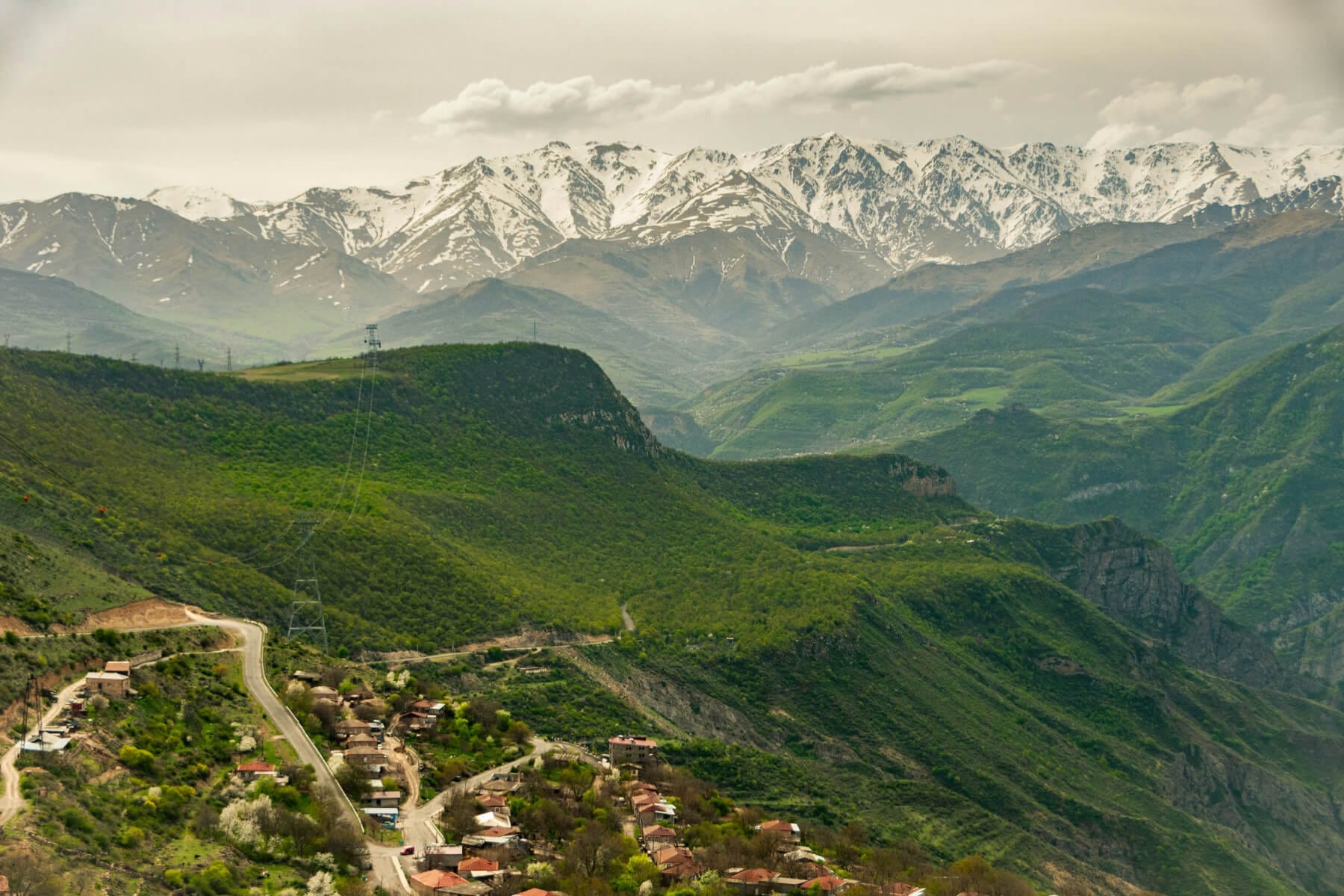Reforestation In
Armenia
Once thickly forested, Armenia's forest coverage has decreased significantly due to agriculture and grazing. Today, only 11.2% of the country is forested, with 80% of all land in varying stages of desertification. Global warming exacerbates the issue, with an average 1.23°C temperature rise between 1929-2016, and a 10% decline in annual precipitation between 1935-2012, leading to severe droughts and further deforestation. Restoring and protecting Armenia's temperate forests is crucial.
Armenia is one of the least forested countries in Europe — and without intervention, the country's woodlands, which are among its most endangered ecosystems, could be lost. Concentrated mainly in the northeast and southeast, 70% of Armenia’s forests are degraded and gradually experiencing vegetation type conversion into grasslands. Deforestation from mining, illegal logging, firewood use, fires, and pests threatens to worsen desertification, disrupt waterways, and reduce biodiversity. Preserving these forests is crucial for Armenia’s future.

Armenia Stats
11.2%
forested
11.2% of Armenia's land area is covered by forests, making it one of the least forested countries in the region.
Preserving Forests Is Key to Armenia’s Climate Goals and Economic Sustainability, World Bank
70%
of forest degraded
70% of Armenia’s forests are degraded.
National Forest Program of the Republic of Armenia, Forest Institutional Support Program
24.5%
of Forest cover lost
Nearly ¼ of Armenia’s forest cover was lost between 1990-2010.
Armenia Forest Information and Data, Mongabay
75%
Habitat Loss
At least 75% of California’s original habitat has already been lost.
60%
Of Water
60% of potable water in California is sourced from forested watersheds.
Project Highlight
Restoring Armenia’s temperate forests is a key part of its climate strategy, with each tree helping to revitalize landscapes and protect ecosystems. Reforestation also boosts rural communities by offering training and jobs, from seed collection to forest rangers. Learn about a recent reforestation project that planted trees in Armenia!

North Bazum
This project aimed to boost forest cover, restore deforested areas, and preserve biodiversity by planting 13 native tree species and 3 shrub species. It included afforestation and forest restoration, involving planting, seed sowing, and promoting natural regeneration through fencing. Engaging in reforestation empowers local villagers by providing training and income, with 80% of employees hailing from the high-unemployment Lori region. This project also involved around 300 locals, benefiting local families.
Lake Tahoe Restoration
This project worked to restore sugar pine and other native white pine species, which are being plagued by a non-native invasive fungus called white pine blister rust. Disease-resistant seedlings were planted in forest openings to restore sugar pine populations and reforest areas around Lake Tahoe that were burned by fire. Over half of the planting volunteers were students who learned about forest ecology and fire in the process.


Hog and Sheep Fire Restoration
This project reforested areas that were impacted by the 2020 Hog and Sheep fires. These high-severity fires heavily damaged local watersheds and habitat areas. Planting trees helped to restore habitat, improve soil stability, and increase carbon sequestration. Seedlings were planted at variable densities depending on slope, aspect, soils, site class, and soil moisture in late winter to early spring.



